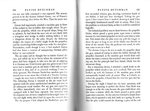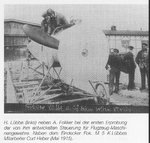jerryw
Airman 1st Class
I read a copy of the book, "Flying Dutchman" by Anthony Fokker (1931) in which he devotes an entire chapter to, "I Invent The Synchronized Machine Gun".
However, I understand that Fokker's claim has been disputed in recent times. Are there any known references or discussion on this matter?
However, I understand that Fokker's claim has been disputed in recent times. Are there any known references or discussion on this matter?






